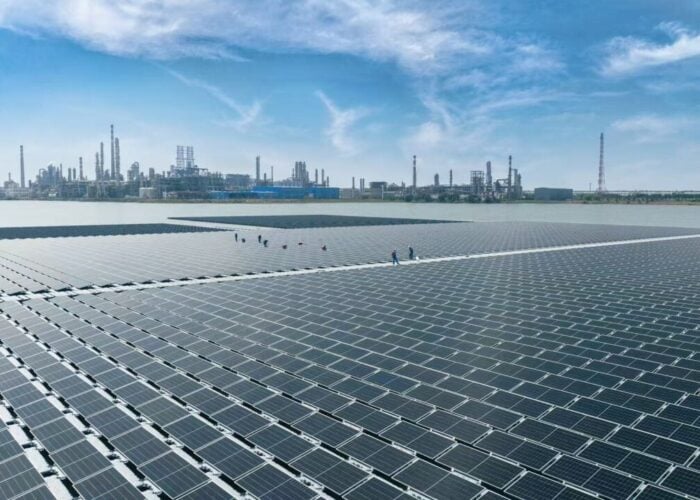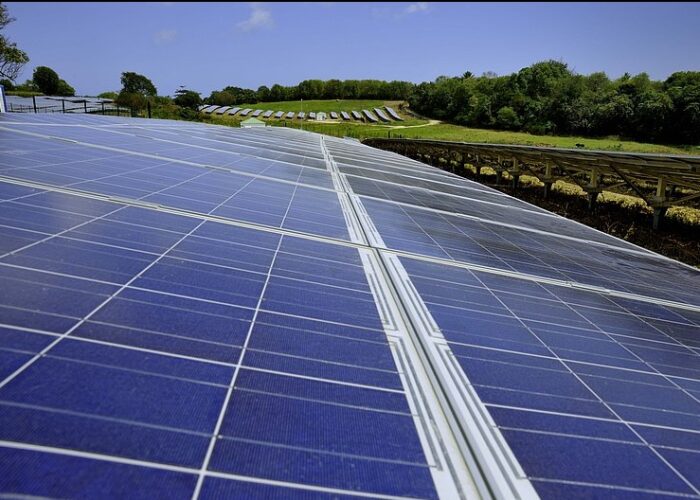Continuing to grow impressively, solar power capacity has been multiplied by a factor of 100 since 2000. In 2014 alone, 40GW was installed around the world, according to the latest Global Market Outlook report from Solar Power Europe.
Another trend is the growing size of PV power plants, with some under construction totalling hundreds of megawatts, requiring the installation of millions of solar panels. Using components, products and suppliers from different parts of the world has become the norm in large solar power projects. A project implementing the expertise of a Chinese PV module manufacturer, European PV inverters and component supplier, a Spanish EPC and a local South American investor is one example illustrating the big challenges of geographical distribution logistics and expected quality standards for international solar projects.
Unlock unlimited access for 12 whole months of distinctive global analysis
Photovoltaics International is now included.
- Regular insight and analysis of the industry’s biggest developments
- In-depth interviews with the industry’s leading figures
- Unlimited digital access to the PV Tech Power journal catalogue
- Unlimited digital access to the Photovoltaics International journal catalogue
- Access to more than 1,000 technical papers
- Discounts on Solar Media’s portfolio of events, in-person and virtual
Project owners, investors, lenders and other parties involved in large-scale PV power plant projects need to be sure that ordered products are in line with given specifications, fulfill life-cycle requirements and perform as expected. To deal with these issues, professional inspections, tests and evaluations by an independent third party should be integrated into the supply chain serving solar projects.
Step one: find reliable suppliers and products that meet project-specific needs
When considering potential suppliers and products for certain projects, it is recommended that detailed initial factory audits be carried out by a third party, preferably an independent organisation also able to perform regular local supplier audits later on. The aim of the initial audit is to identify weaknesses in the production processes and quality management, and to elaborate mitigation measures to reduce product-related risks.
At an early stage this kind of inspection can also be used to benchmark with other suppliers to determine the most suitable one for a certain project or as basis for building up a long-term partnership for the use of respective products in various projects.
Most solar modules are certified, meaning that they meet the basic requirements of solar modules in regards of design (IEC 61215) and safety (IEC 61730). However, for specific projects it is recommended to test and qualify beyond respective standards, e.g. to meet site- and climate-specific requirements and to satisfy the risk profile of parties involved. Therefore, the qualification process and its scope should be solely determined based on individual client requirements. Factory audits and laboratory testing of product samples for pre-qualification including, but not limited to power determination, electroluminescence inspections and climate chamber testing should be carried out according to the individual project time frame and needs.
The production line and warehouse as well as the capability and capacity of the manufacturer should also be examined to ensure that project-specific orders can be completed on time according to the contracted quantities and specified quality levels.
Step two: in-line and pre-shipment inspections
At the very least, in-line inspections should be conducted on a spot-check basis throughout the production of PV modules for each respective project. After following up on possible issues detected during the initial inspection, further inspections along the manufacturing process – including verification of the manufacturer Quality Assurance System – are performed to ensure that products meet specifications agreed to in the contract.
Finally, pre-shipment inspections including additional verification tests on samples randomly drawn from the final goods and examination to ensure that packaging is correct and that the products have been loaded into containers in accordance with the purchase order should also be conducted.
The in-line and pre-shipment inspections help to detect any issues that could influence the progress of a PV project negatively. Rejecting a batch of PV modules after having arrived on site will not only lead to big discussions and with the manufacturer, but might cause delay, liquidated damages payments or the loss of a feed-in tariff. Therefore, pre-shipment inspections are deemed essential to mitigate respective risk and to contribute to a smooth PV power plant construction with products of expected quality.
Power verification to meet yield expectations
The testing programme of PV modules during the shipment phase should include power verification in order to determine that rated power provided by the manufacturer reflects the actual power measured by an independent third party. The calculation of the plant energy production, also called energy yield, and estimated performance (for example expressed as a performance ratio) should be evaluated in detail. Financial risk affiliated with differences in rated and actual power can be outlined in concrete terms. If, for example, the output of a 200MW power plant is just 1% lower, the loss can amount to roughly €7 million (US$7.89 million) over a period of 20 years.
All-round risk management throughout the supply chain
It is essential for solar project owners, investors and contractors to carry out appropriate risk assessments prior to the project. The only way to reliably estimate and minimise risks is to conduct a thorough expert analysis. Starting in the planning phase, this includes selecting products and suppliers that are truly suitable for the solar power plant as well as conducting tests and inspections before and after shipment and extending right up to monitoring the proper installation. This helps to eliminate unpleasant obstacles further down the road.






